Harvard Forest: first contact

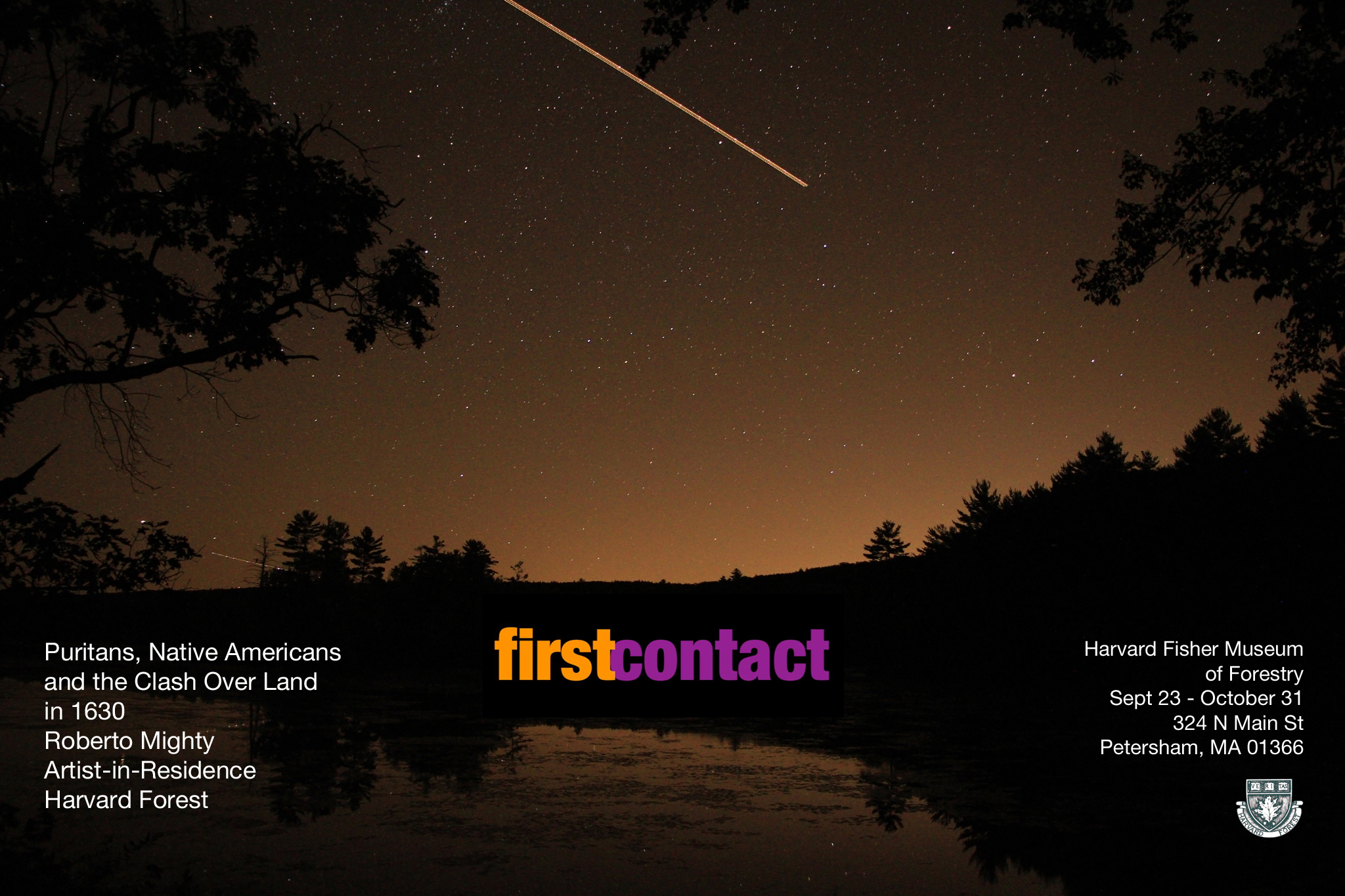

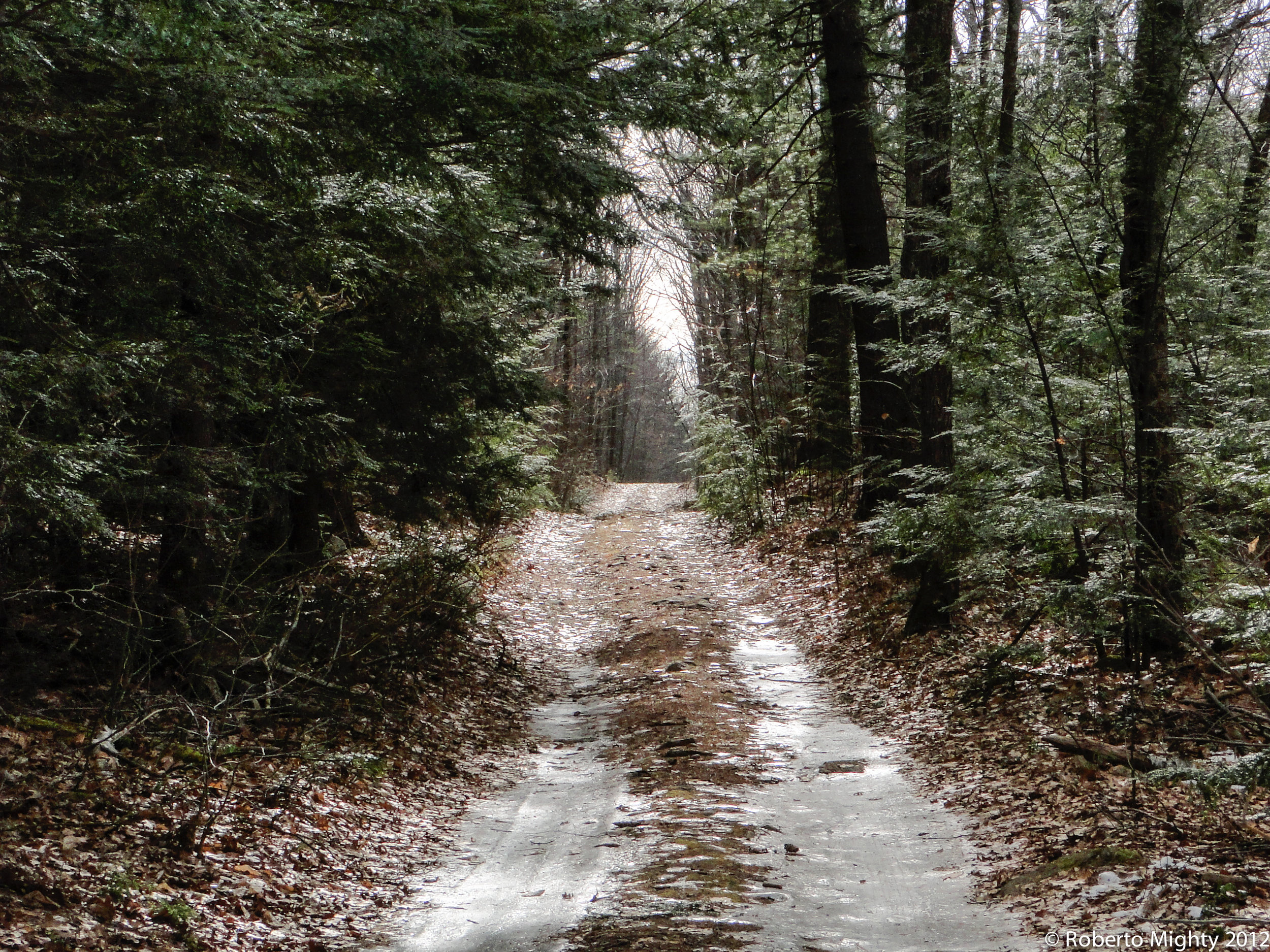
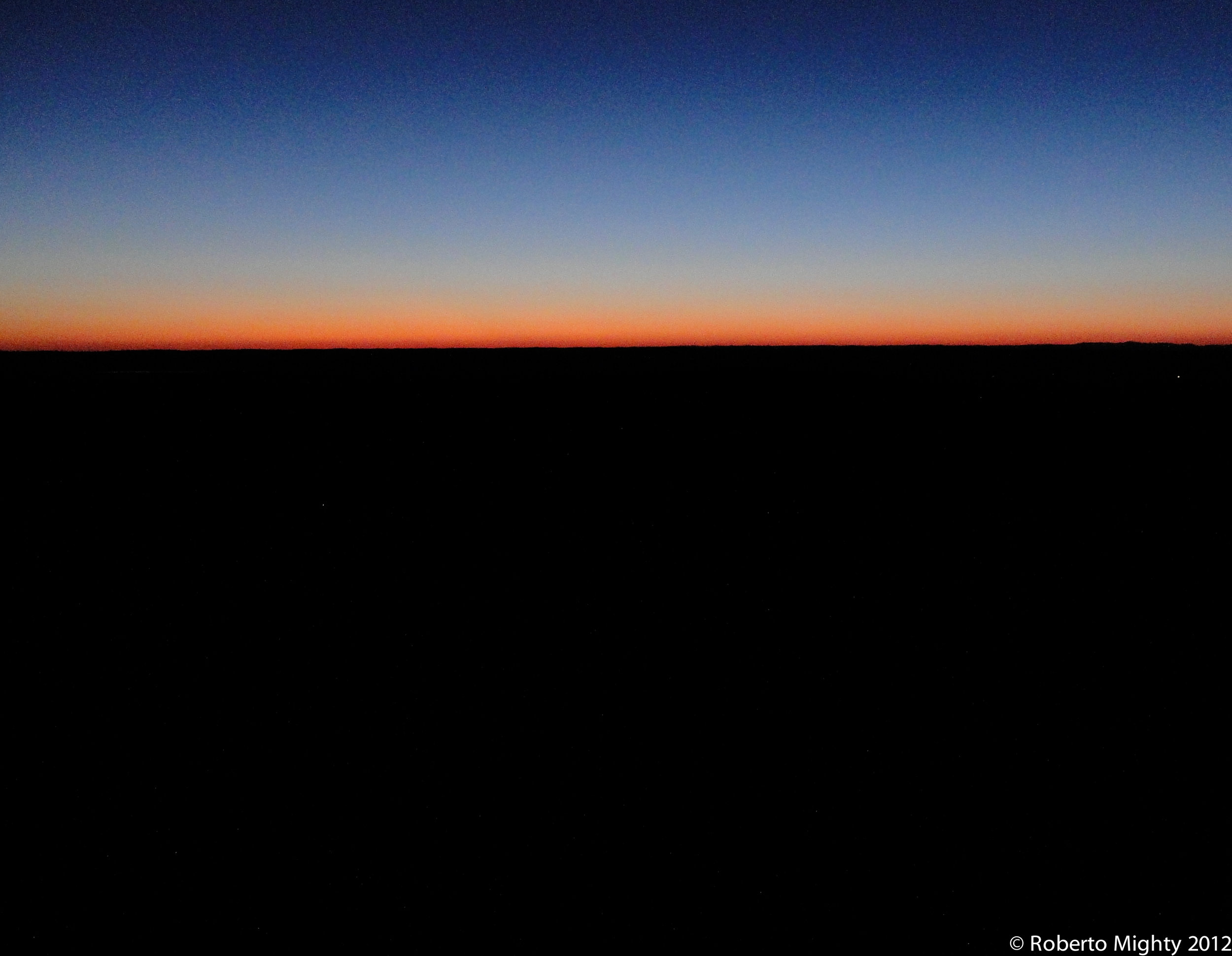

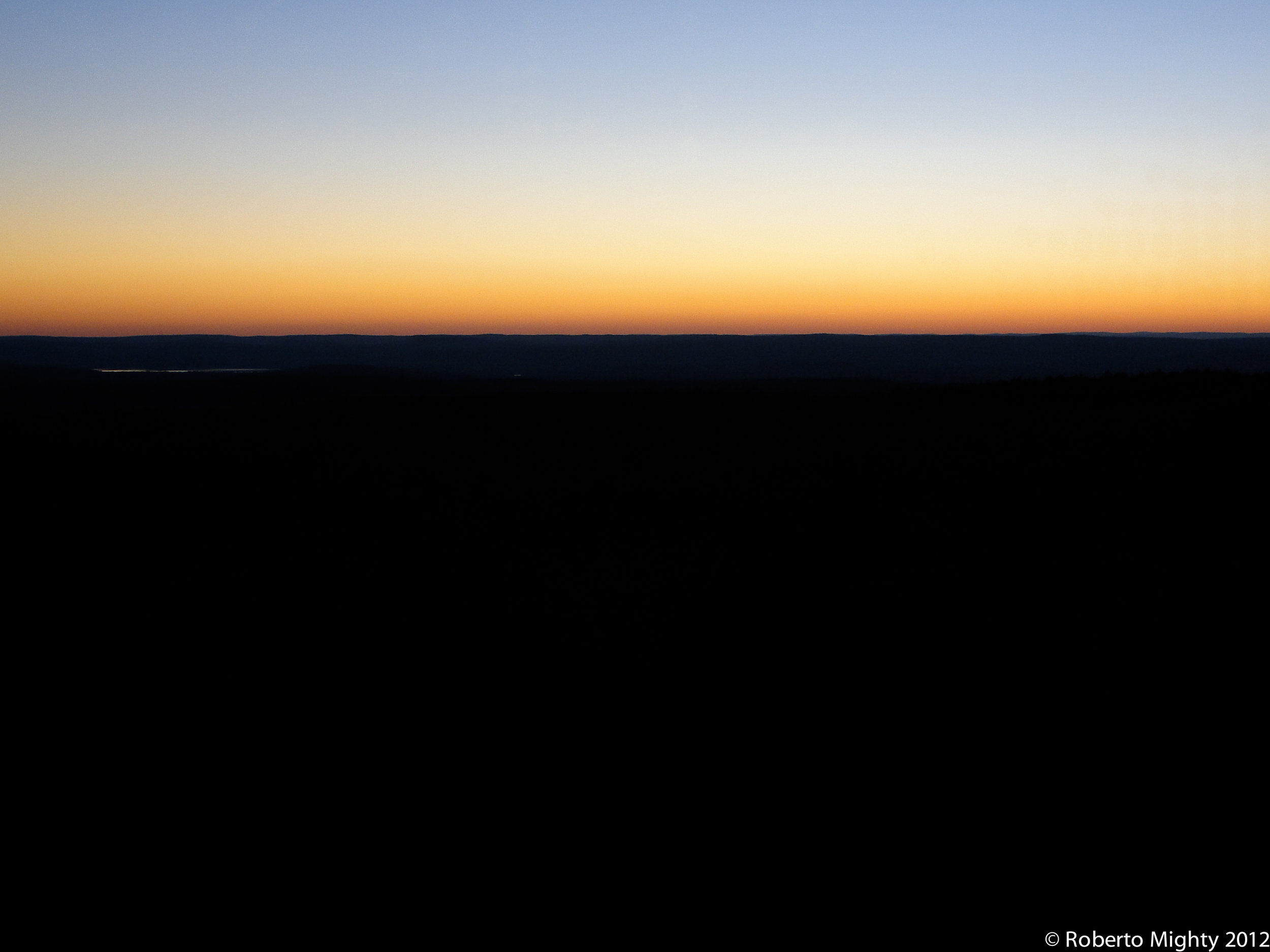
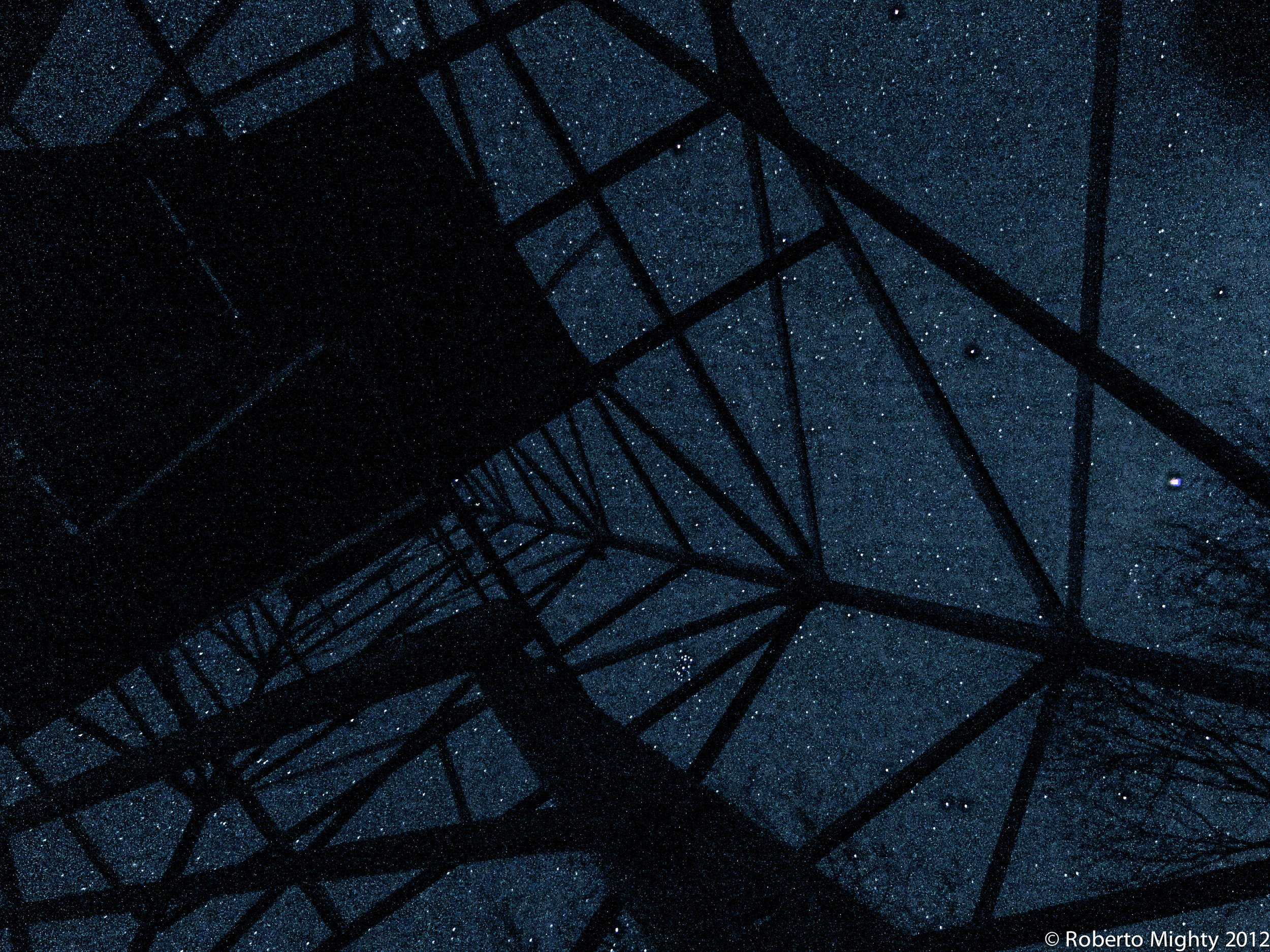
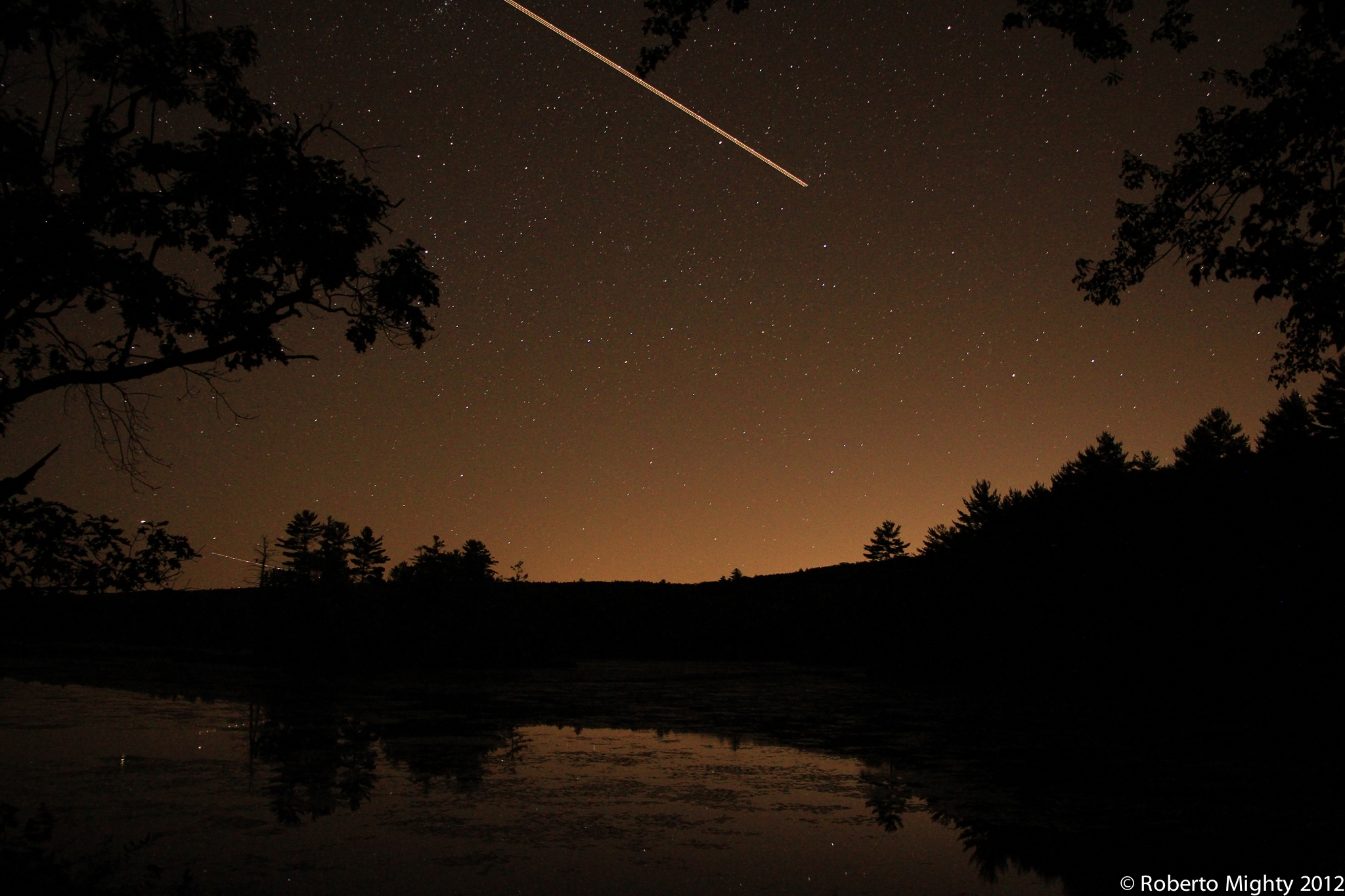

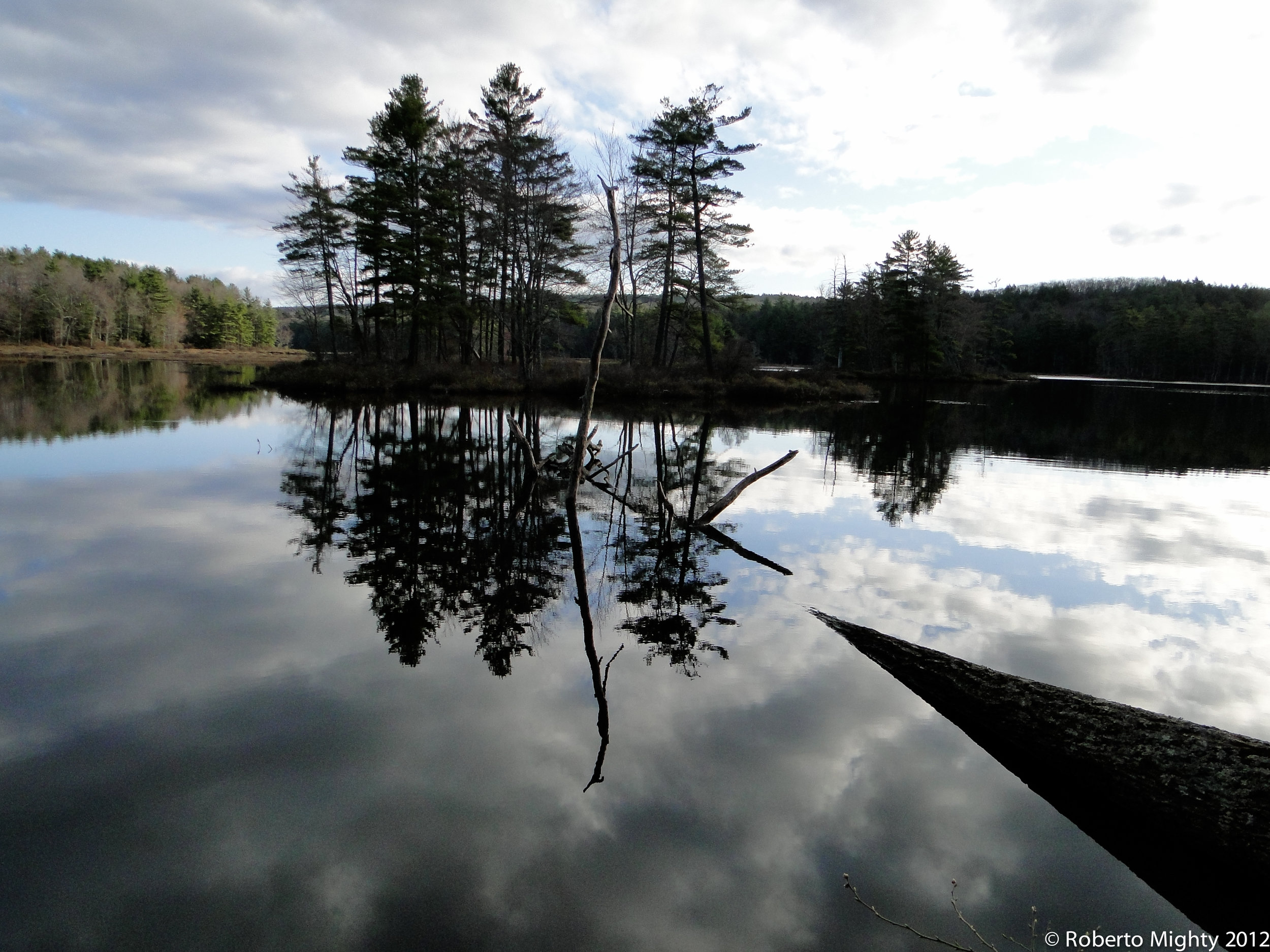
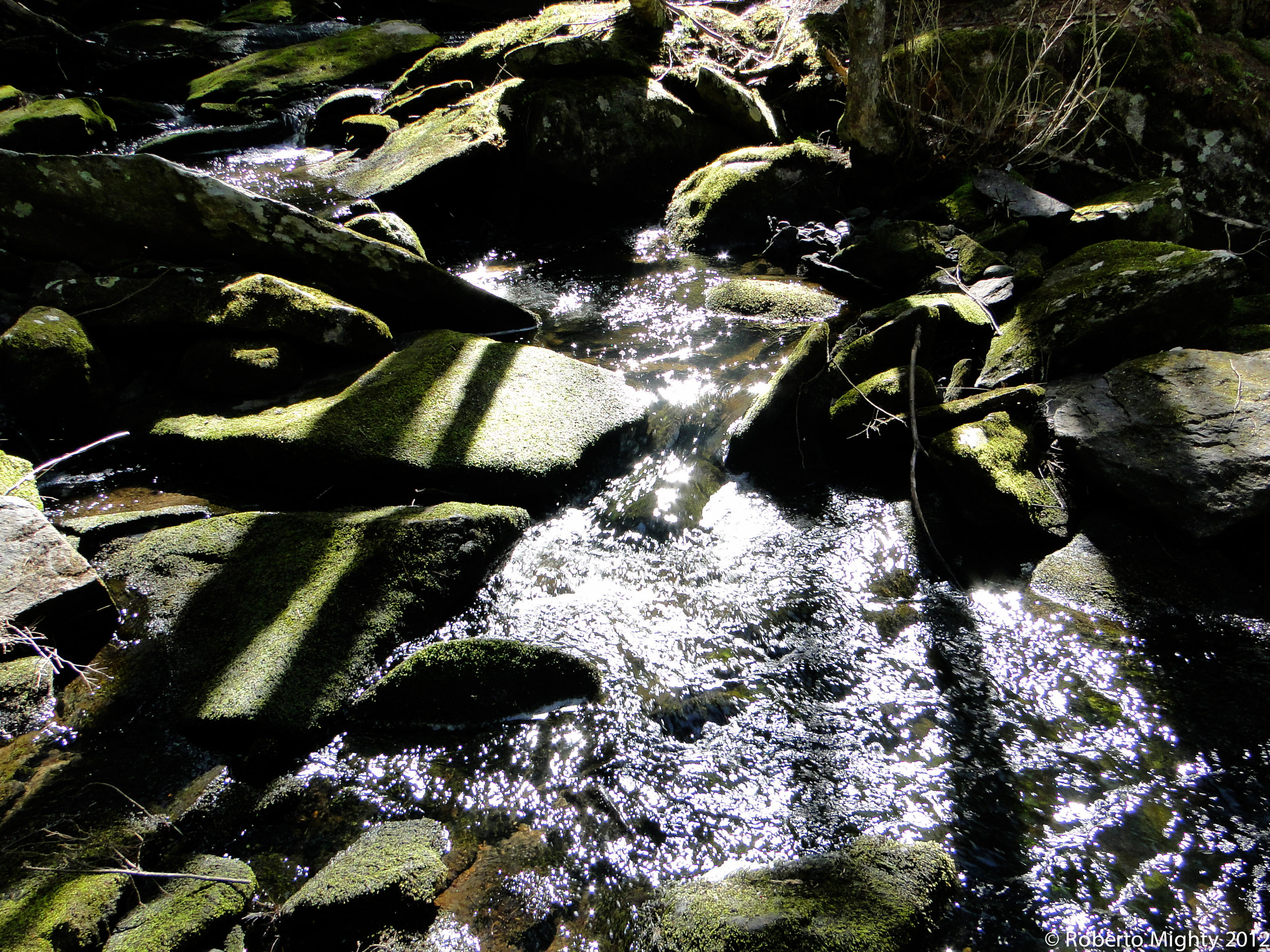
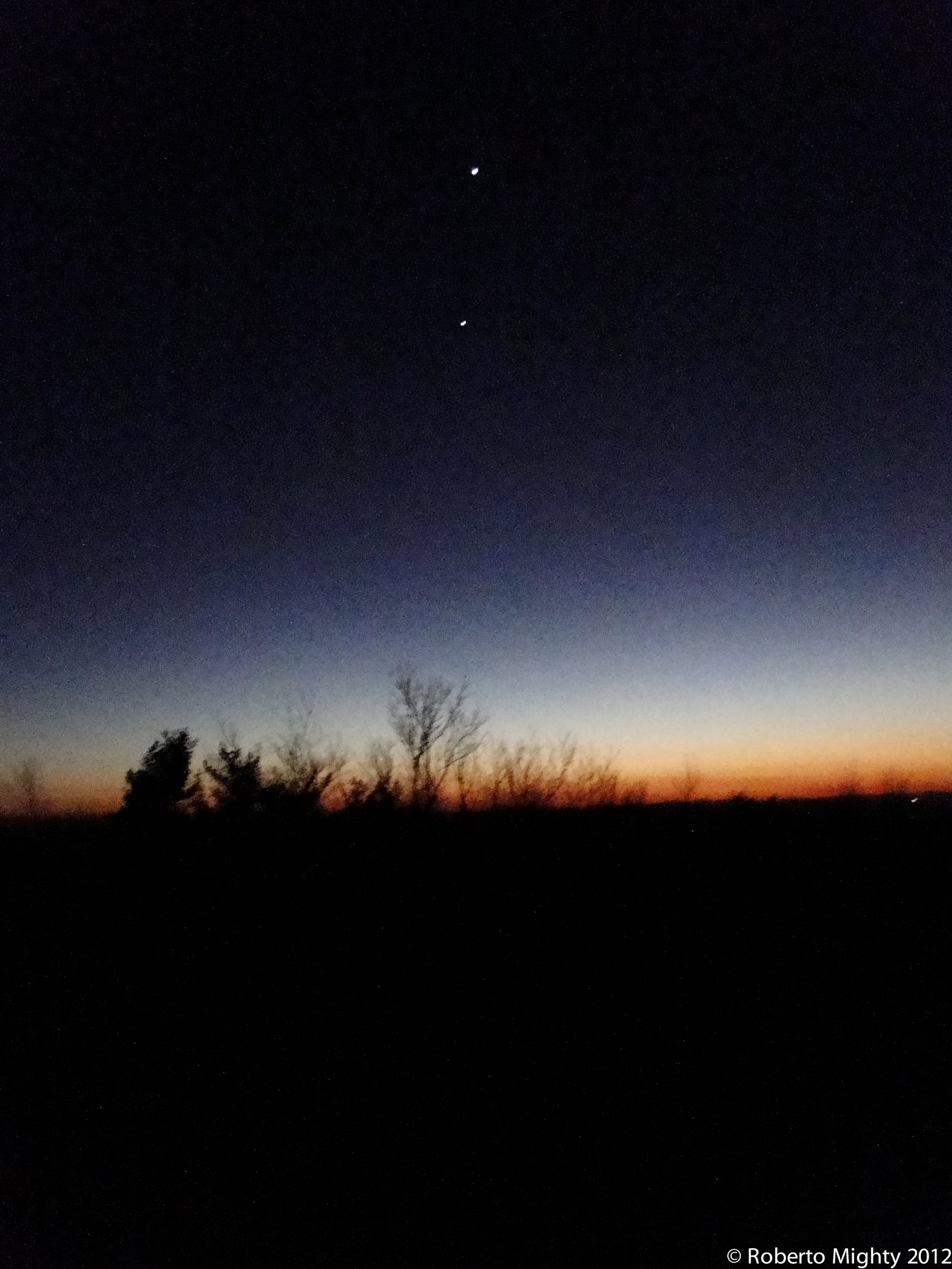

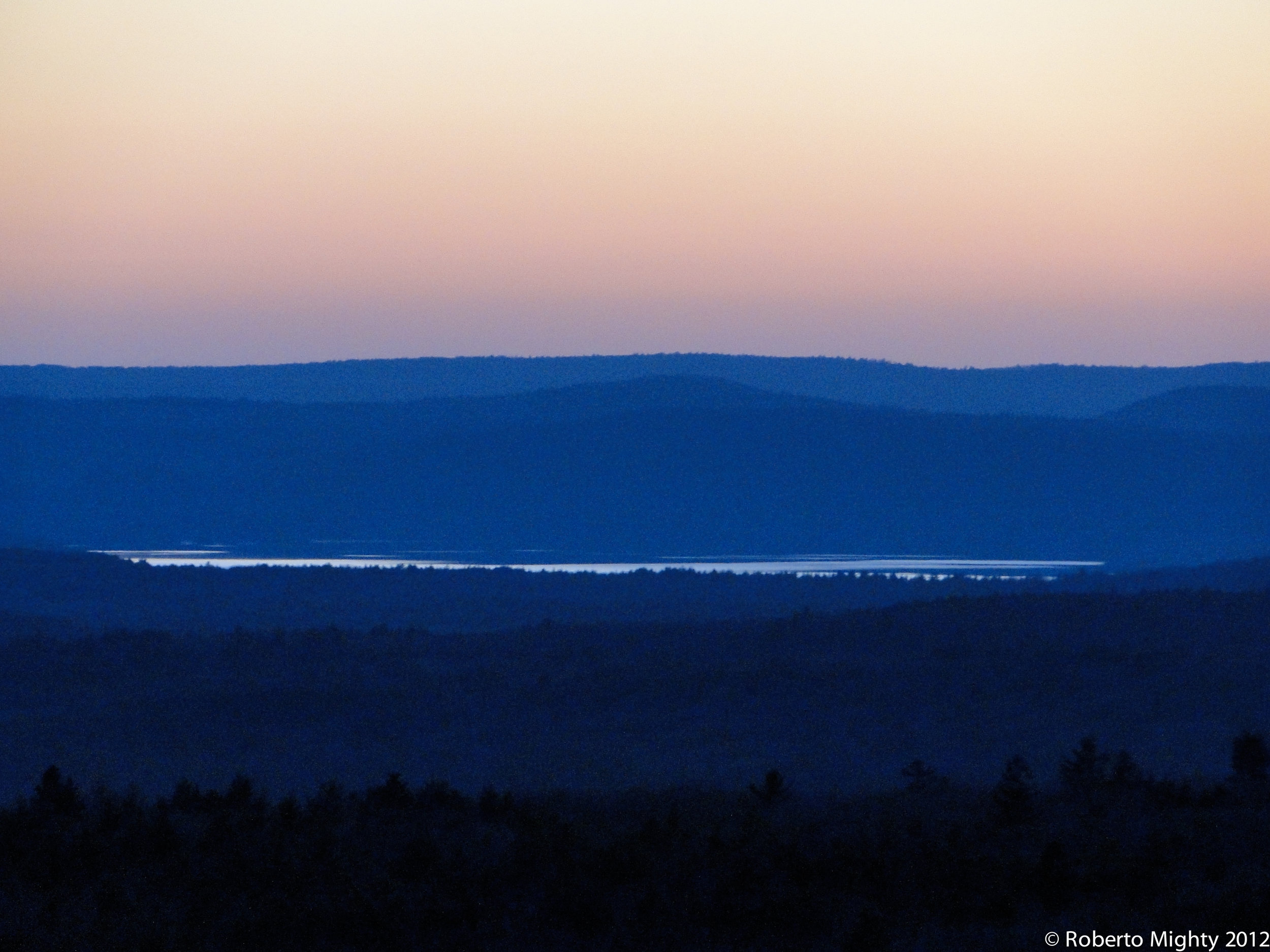
David "Tall Pine" White, Nipmuc Native American language teacher, did translations and voiceovers of 17th century Naragansett and English transcriptions by Roger Williams. In this interview, Tall Pine talks about various issues, from translation to the relationship of native people to the land of central Massachusetts.
David Foster, Director of the Harvard Forest, author and ecologist, speaks about differential land use practices on the central Massachusetts plateau by Native Americans and European settlers in the 17th century.
David Orwig, Forest Ecologist at Harvard Forest, focuses on the Hemlock Woolly Adelgid and other forest damage; and environmental and ecosystem changes. He describes how central Massachusetts tree populations changed over time from the first contact era to today.
Ed Faison, Ecologist at Highstead Foundation and Associate at Harvard Forest, studies the effects of moose and deer on regenerating forests in southern Massachusetts. In this interview, he takes us back to the early 1600’s, when the central Massachusetts plateau was home to old-growth forests and a hunter-gatherer/seasonal agriculture human population. He describes the differences between the two periods on the local ecosystem and its effects on the moose and deer population.
First Contact: Puritans, Native Americans, and the Clash Over Land in 1630
• An immersive digital multimedia art exhibit about the roles of Christianity,
indigenous Spirituality and land use in 17th century central Massachusetts.
• Artist: Roberto Mighty, MFA, Artist-in-Residence, Harvard Forest
• Genre: 4-channel multimedia art exhibit plus ancillary videos
• Location: Harvard Fisher Museum, Petersham, MA
Artist Statement
I knew nothing. Whatever I thought I knew about the Pilgrims, the Puritans and the Native Americans was wrong. After spending a year hiking around, filming in and reading about a 3,500 acre forest in central Massachusetts, I have come to see this as the history of two diametrically opposed — and tragically incompatible — ideas about land use.
Spirituality. Those differential ways of thinking about humankind’s proper relationship to the earth were rooted in the spiritual worldviews of two peoples divided by irreconcilable economic models.
Economics. The clash of the English settlers and the Nipmuc country bands involved the conquest of the domesticated cow over the white tailed deer. Town builders over hunter-gatherers; extractive exporters of beaver pelts and lumber over subsistence growers of maize, squash and beans.
Ethnic Cleansing. Forest-dwellers displaced by deforestation. Wagers of ritual warfare versus a sustained campaign of ethnic cleansing. Of viruses and alcohol. Of seasonal movers versus property lines and bounded lands.
Genesis. God told the English to tame the wilderness. The Nipmucs were living in harmony with the land. These were the seeds of one hundred years of armed conflict. And the keys to the fate of our world today. - Roberto
Ben Crystal, London-based actor, author and Original Pronunciation expert, did voiceovers of 17th century English puritans Roger Williams and John Cotton, both of whom were influential in the founding of colonies in America. In this Skype interview, Ben talks to Roberto about the original pronunciation movement, acting and historical characters.
Paul Meier, Kansas-based British actor, voice artist and dialect expert, did voiceovers of 17th century English puritans Thomas Morton, Francis Higginson and Daniel Gookin, all of whom were influential in the founding of colonies in America. In this interview, Paul talks to Roberto about the founding of the original pronunciation movement, acting and historical characters.
Emery Boose, Senior Researcher and Information Manager at Harvard Forest, describes what is known --- and how it is known -- about the hurricanes of 1635 and 1638, and their likely effects on the flora, fauna and human settlements -- native and colonial -- in central Massachusetts. He also describes how Massachusetts weather patterns have changed over time from the first contact era to today.
